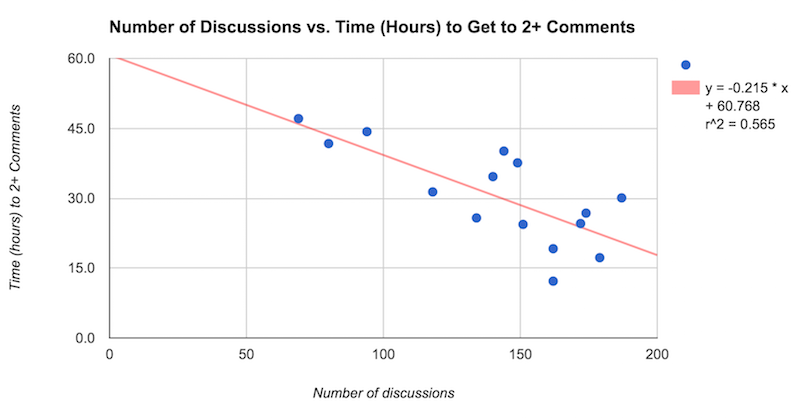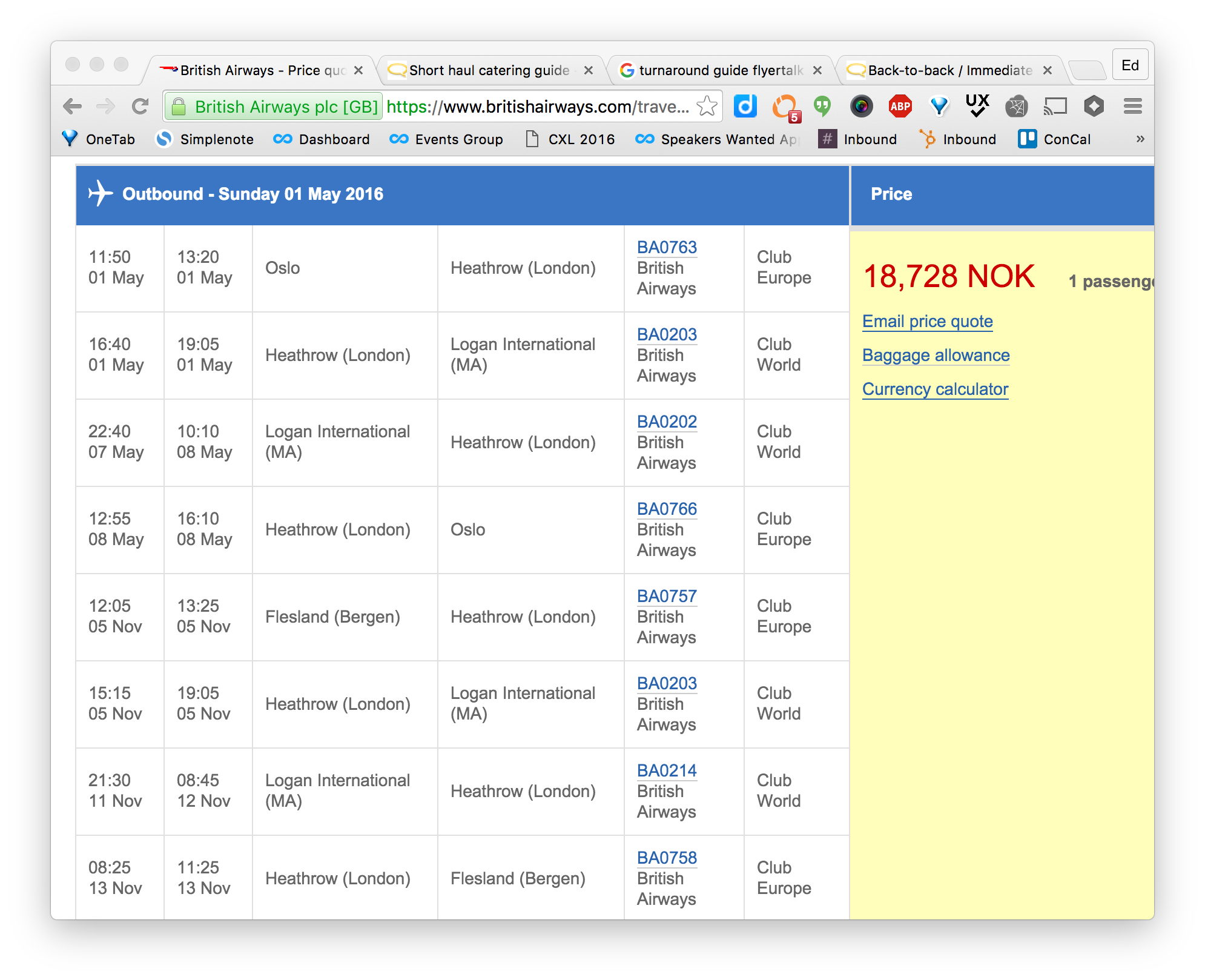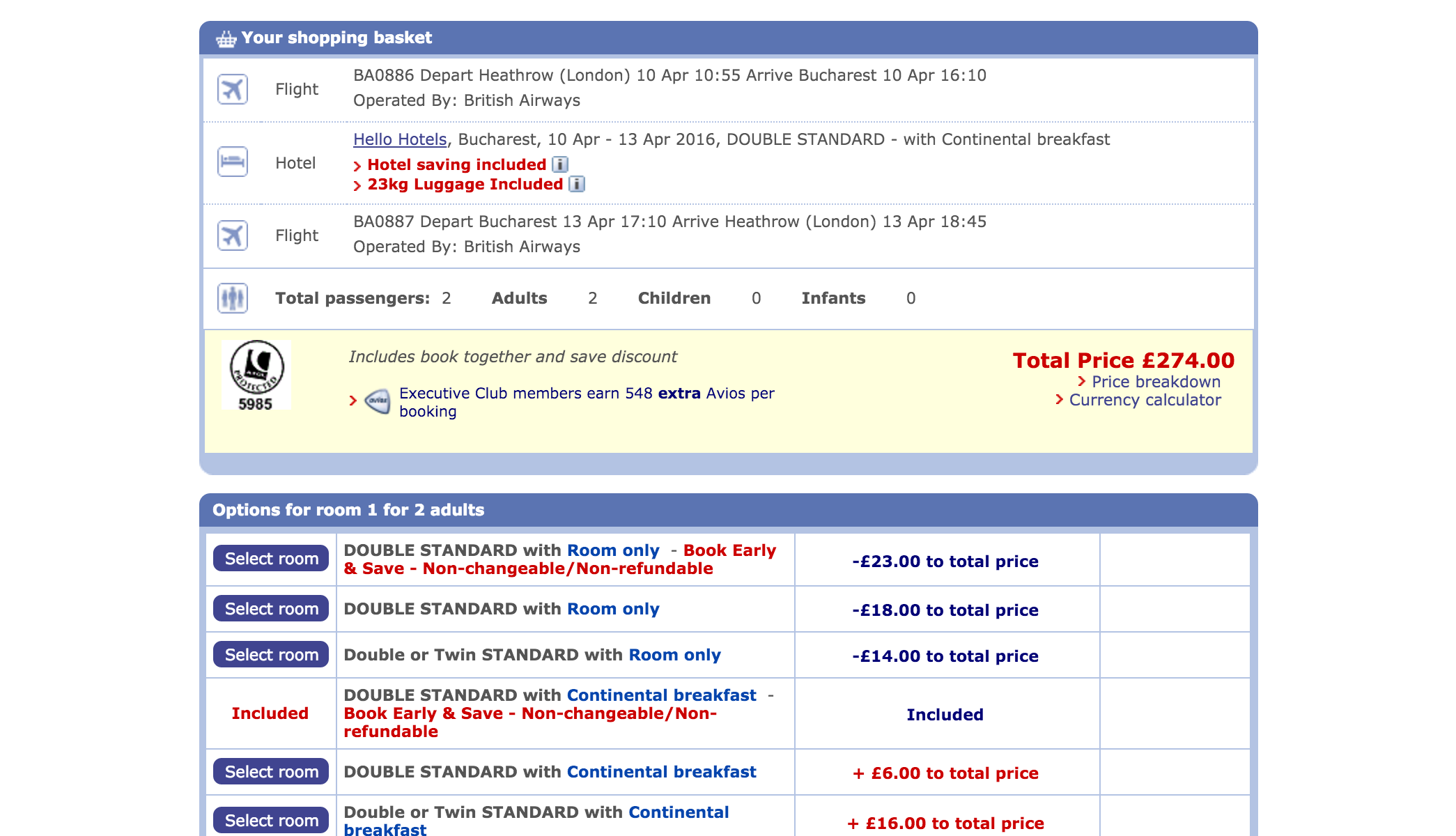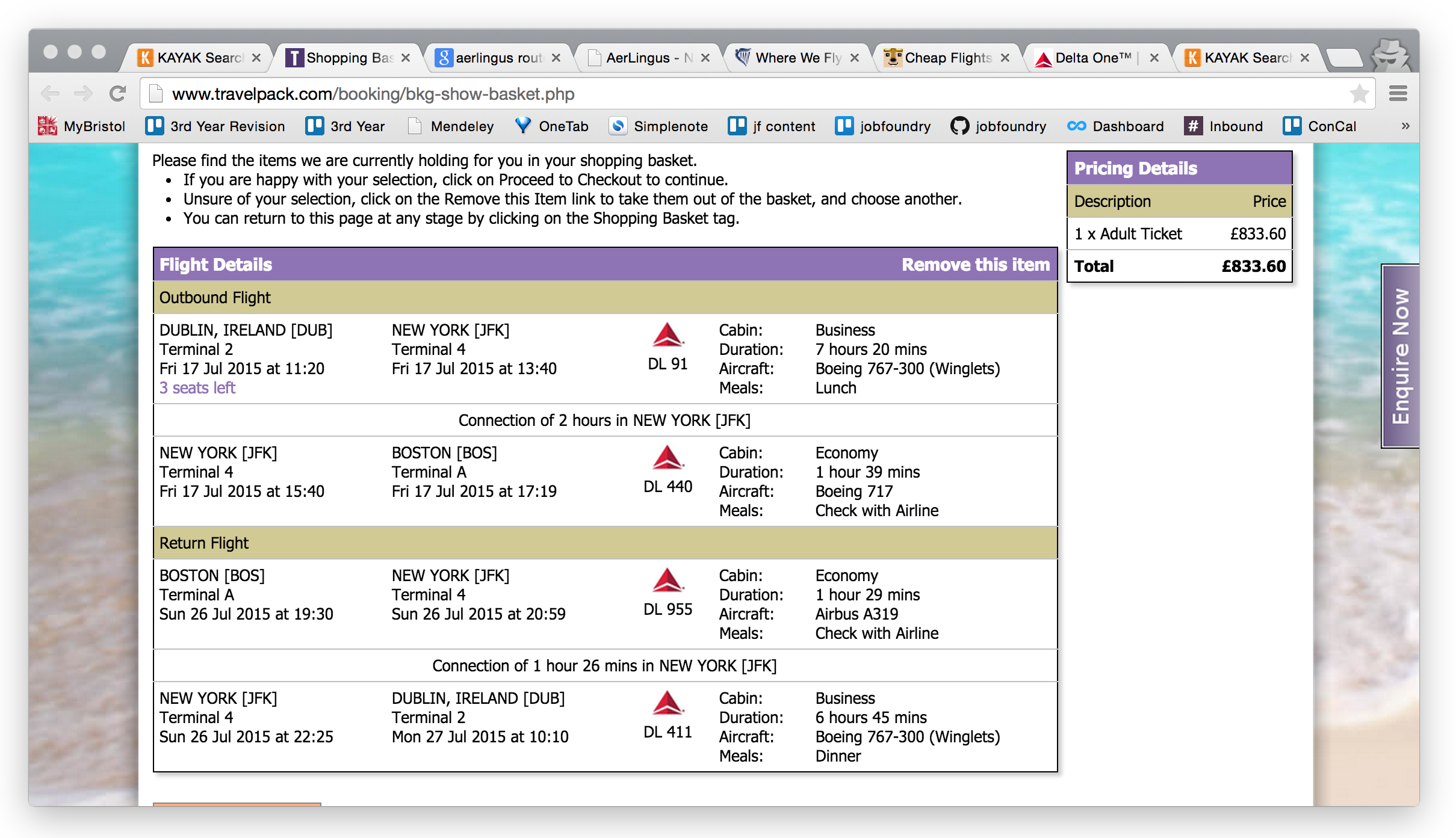Dear Friend Who's Visiting Paris
To Becky, Emily, and a host of others who are planning trips to Paris. I want to share some tips & tricks I've found for getting the most out of the city as a bumbling Brit who visits every few weeks for work.
Getting there
I'm particularly at the mercy of airline/train revenue management systems since I'm trying to travel out in the mornings, back in the evenings, all within a week. Perfect profile of a business traveller... ripe for exploitation. (Except I've figured out how to unwind some of those advantages. That for a future post!).
From London, the Eurostar is the obvious choice but not always the best way. From experience, their price gauging makes airlines look angelic (especially last minute bookings).
They advertise lead-in fares from £29 one-way (though the return is often a lot more). Don't expect to pay this both ways, especially if you want to travel at sane times of day.
Though there's airport-style security, you can still take liquids through (like a bottle or three of wine). But if drinking enroute tickles your fancy, checkout the price difference for Standard Premier. This gets you nicer seats, a small plate of not-so-great food, and free drinks. Generally, the wine is pretty good. Often, this is pretty marginal, so if you're going to drink anyways, why not have it on the house?
If you're planning on staying in Paris, the next "gotcha" is hotels. The French invented hotels, and the city is generally made up of lots of independent place to stay. Generally pretty mixed (*strongly* recommend filtering reviewers on Expedia). Expect to pay £100/night+ for a decent room, though those can vary significantly in size (again, check reviews & pictures). Airbnb's can be very charming or very hit & miss too.
The sweet spot though is my favourite travel purchase technique. Buy a "British Airways Holiday" and the cost of getting there/back + somewhere to stay can crash down. BA Holidays accesses the cheapest flight inventory, but also buys hotel rooms from a 'bed bank' (the travel equivalent of a wholesaler). Compared with flights alone, this can make the hotel cost *very* favourable. Yes, you have to get to/from airports, but this can easily save a £100-200 on a short citybreak. Eurostar refers you to Expedia to book hotels, but they don't let you combine & save like BA Holidays does (Expedia's customer support is also non-existent for when travel inevitably goes wrong). If we didn't stay in a studio in Paris, this might be my preferred common trip technique (I use this for travel to USA to routinely save £1500+ per trip.). It's also ATOL protected as a package.
Bristol friends -- easyJet & BMI both fly into Paris CDG. Try BMI if you can. They've better timings (beginning & end of the day) and have free food, drinks & bags like the good ol' days. BMI has some decent advance fares too. You can also look at Cardiff / Exeter / Birmingham... but if Bristol direct is too expensive, get on a coach to Heathrow and use the BA Holidays trick.
If you do fly, the "RER" train from both CDG & Orly into town is the fastest, cheapest method (albeit very busy at peak times). Don't fork out for a taxi & get stuck in the Parisian traffic.
Getting around town
Paris is generally quite walkable. Traffic can be a pain-in-the-ass, so you can try Uber. Taxi's etc. do navigate the backstreets. But first, I'd recommend taking the Metro. You can buy a Carnet of 10 tickets for about €15 (which compares favourably with London!). Citymapper works in Paris and is generally pretty accurate. Their Parisian animation is cute.
Because of some building height restriction, Paris is never "very dense" in the way of Manhattan in New York or Zone 1 in London. Some places are busier than others, plus key train stations like Gare du Nord, but otherwise it doesn't get so hectic.
Rue de Montorgueil
This is a wonderful food market & street that is right near the (old) Hull office. It's Parisian, not touristy. YOU HAVE TO GO.
There's plenty of nice al fresco restaurants to eat. General rule: if it looks like Parisians are there, anywhere with a queue is going to be good. The locals are truly fussy & fickle about food.
One of my favourite places is Le Compas which sits on a corner. Grab a table, order a bottle of wine (the Cote de Provence's are decent). Good for lunch (perhaps the croque monsieur) or a longer dinner (good steak). Watch the world go by.
You must sample an eclair from Stohrer. Literally, just over the street, it's a spectacle of patisserie. The eclair was something like €4.40, which is a lot by English standards... but you didn't come all this way for any old choux pastry. Try it. To quote an American colleague "OHHHH *THIS* is what an eclair should taste like". Yep.
I like the Lezard cafe too for evenings. They have a decent steak frite.
The folks at Little Italy know some of our team. Nice, simple, tasty dishes (try the lemon veal), good puddings & wine. When the owner's in and they see us, we've often had a round of digestif limoncello or amaretto's. Takeaway tactic: buy my loyalty with booze.
Speaking of booze, try the Experimental Cocktail Club. This is a little secluded, and you might need to wait a bit to get in. There's all sorts of peculiar drinks to try. Recommend you go there after initial drinks / dinner, not before.
But dinners in Paris can get expensive. One cheaper, but still tasty alternative is crepe (pronounce it "crep" not "crayp", you philistine...). One of my favourite places is a little way from the main market but in a straight line: "Crêperie Délices de la lune". Feel full for a fraction of the price of otherwise eating out. Get a bottle of cidre to share. Stay for dessert.
The other alternative is to grab a baguette, some ham, cheese, wine, and whatever... then head down to the river and watch the world go by there. Tres romantic ;) Supermarkets can do cheap cheese/ham etc. but be a little adventurous. Try something which is fresh & tastes of something.
Things to see for free
A lot of Paris is very beautiful, and you can have a lot of fun wandering around bits of it for free. A nice walkable route for you to try...
1. You must go and see the grounds around Le Louvre. Originally, this was a palace (but later deemed too small. Hence, Versailles). Pay to go in if you want.
2. Pont Neuf is a beautiful bridge. Halfway, there's a number of lovers locks where couples have commemorated their relationship in public padlock. Revolting.
3. Notre Damn. Short walk from Pont Neuf - you can queue to visit & go inside. But it's quite striking from the outside, particularly if you walk all the way around.
Warning. You're now in tourist central. There's things to do & see, but I wouldn't recommend hanging around here too long.
Different direction (and a nice late afternoon / evening excurision). Head up to Montmartre, which is a hilltop church that overlooks Paris. A fantastic view, free, and with plenty of decent bars & restaurants behind. It's a little touristy, but palatable.
Things worth paying for
The Eiffel Tower isn't just fun to look at. This is a genuinely unique, memorable experience you should try. The view itself maybe lacks some of the geographic variety of other places (like London or New York), but it's still pretty breath-taking. The exposed iron structure also adds something that glass & concrete can't. You can pre-book or queue to buy tickets. Expect this to be 3-4 hours from joining the queue to coming back down. Recommend going all the way to the top for the novelty of going to the loo there. Monsieur Eiffel used to *live* up there. Crazy man...
Near the Eiffel tower, there are some river cruises which depart up-and-down the Seine. This is a fantastic way to see the city and highly, highly recommend. Particularly at sunset. Again, BYOB. Checkout nearby supermarkets (don't fall for the tourist traps around the Eiffel Tower). There are various different operators & packages. I'd recommend any that's an hour long, open top deck & not too busy.
Other notes
Drinks are tiny & expensive. Except in supermarkets. Plan accordingly.
France shuts down in August. Everyone goes on holiday. Paris (outside of the tourist spots) feels very empty. I wouldn't recommend coming then.
Disneyland. Don’t know about Disneyland. I guess someone will sell you a cheap package in the shoulder season. It's reachable by train from the city.
Snails. Or “esgargot” taste just as unpleasant as they sound. Generally served sizzling hot in garlic butter. If you’re having to eat then, eat them whilst they are still very hot. No locals do this. Except when being obtuse with foreign guests. #NeverForget
English is widely spoken. English will get a response in English. Pigeon French will get a response in English. Fluent French will get a response in French (until you get stuck, then you'll get a response in English). It's sad, but there's little incentive to learn French in Paris when you can so easily get by in English.
Beware. No one can brew a half decent cup of tea. I bring my own. I'd advise you do to do the same.







































